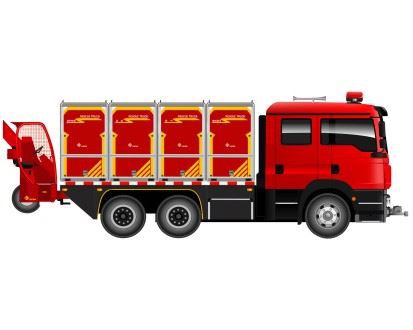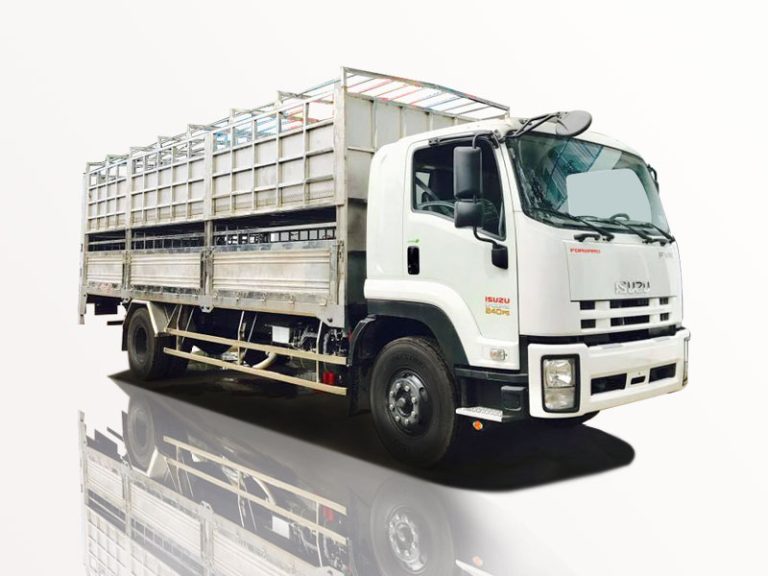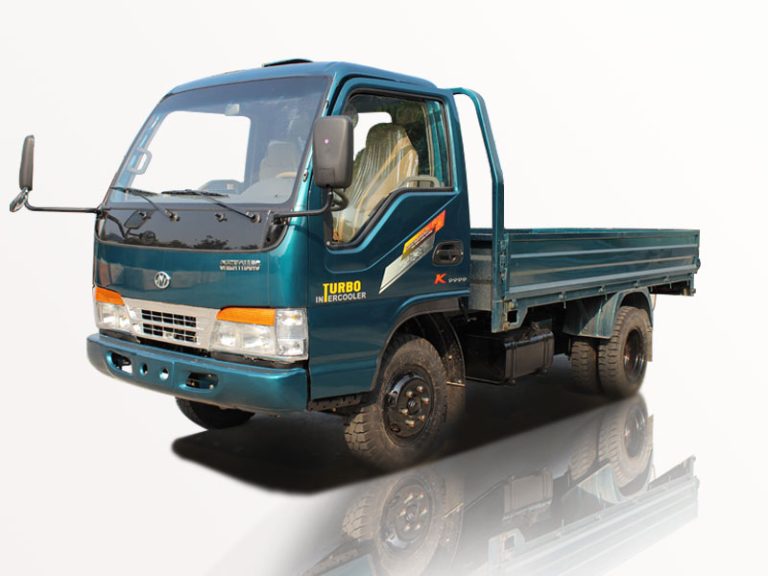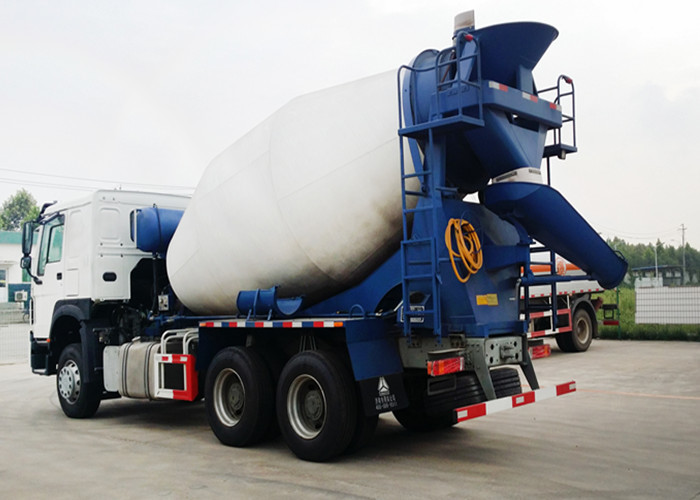Introduction
Armored bank cars are a fundamental part of the financial security infrastructure, providing safe transportation for valuable assets. These vehicles are designed with enhanced protection features to safeguard against theft and violence. In this article, we will explore the various aspects of armored bank cars, from how they operate and the technology behind them to their importance in modern banking. We will also provide practical tips for choosing an armored vehicle and address some frequently asked questions about their use in the industry.
The Functionality of Armored Bank Cars
What is an Armored Bank Car?
An armored bank car, also known as an armored vehicle, is a type of transport designed to carry money, valuables, and sometimes personnel, under secure conditions. These vehicles are typically employed by banks, ATMs, and cash-in-transit companies.
Key Features of Armored Bank Cars
The defining characteristics of armored bank cars include:
- Bulletproof Windows: Made from layers of fortified glass and polycarbonate, these windows can withstand gunfire.
- Reinforced Body: The chassis is constructed from high-strength steel to resist impacts and attacks.
- Advanced Locking Mechanisms: Complex locking systems ensure that access to the vehicle is highly restricted.
- GPS Tracking: Many armored vehicles come equipped with GPS for tracking and recovery in case of theft.
The Technology Behind Armored Bank Cars
Materials Used in Construction
The construction of armored bank cars employs various materials to enhance security. These include:
- Aramid Fibers: Lightweight yet strong materials like Kevlar are often used to line the interior.
- Steel Alloys: High-tensile steel is used for critical components to increase durability.
Security Systems Available
Modern armored bank cars come equipped with a range of advanced security systems:
- CCTV Surveillance: Many vehicles contain internal cameras to monitor activity.
- Alarm Systems: These alert the crew to potential security breaches.
- Remote Control Systems: Some vehicles can be remotely immobilized in case of theft.
The Importance of Armored Bank Cars in Financial Security
Preventing Theft
Armored bank cars are essential in preventing theft during the transportation of cash and valuables. Their reinforced design deters potential hijackers and provides peace of mind to financial institutions.
Handling Cash Transactions Effectively
These vehicles ensure secure and efficient cash handling processes. Regular cash pickup and delivery can significantly reduce the risk of in-branch thefts and increases overall operational efficiency.
Operational Considerations for Armored Bank Cars
Choosing the Right Vehicle
When selecting an armored bank car, consider the following aspects:
- Size: Ensure the vehicle can accommodate your cash transport needs without sacrificing security.
- Armor Level: Vehicles come with different armor standards; assess your risk to select appropriately.
- Operational Features: Look for GPS, alarms, cameras, and other technological integrations.
Training for Drivers and Personnel
It is crucial for personnel handling armored bank cars to undergo specialized training. They should be trained in defensive driving, emergency protocols, and the operation of security systems.
Case Studies: Successful Armored Bank Car Operations
Case Study 1: Cash-in-Transit Safety in Urban Areas
In a bustling city, a major bank implemented armored bank cars for its cash-in-transit operations. By assessing crime statistics and choosing the right routes, they significantly decreased the risk of theft during cash transportation.
Case Study 2: International Transport of Valuables
A luxury jeweler regularly transports high-value goods across borders. By using armored vehicles equipped with advanced security measures, they successfully mitigated risk while expanding their reach.
Practical Tips for Engaging Armored Vehicle Services
Finding a Reliable Service Provider
When considering armored vehicle services, research potential providers thoroughly. Look for companies with a solid reputation, strong security credentials, and customer testimonials.
Understanding the Costs
| Service Type | Cost Range |
|---|---|
| Daily Cash Transport | $500 – $2000 |
| Special Events Security | $1000 – $5000 |
| Long-Distance Transportation | $2000 – $10000+ |
Regulations and Compliance for Armored Bank Cars
Local and Federal Regulations
Armored vehicle operations must comply with various local and federal regulations regarding the transport of cash and valuables. Understanding these regulations can help avoid legal issues and penalties.
Insurance Requirements
Proper insurance coverage is vital for armored bank cars. Companies should ensure they have the necessary policies in place, covering liability and the value of the transported goods.
FAQ Section
What is the difference between an armored car and a regular vehicle?
Armored cars contain reinforced features specifically designed to protect against gunfire and attacks, while regular vehicles do not have such enhancements.
How much do armored bank cars cost?
The cost of armored bank cars can vary significantly based on factors such as the level of armor, vehicle type, and additional security features. Basic models can start around $50,000, while high-end vehicles can reach over $200,000.
Can anyone drive an armored car?
Driving an armored vehicle typically requires specialized training due to its weight, handling, and security features. Only qualified personnel should operate these vehicles.
What should I look for when hiring an armored transport service?
Research the company’s reputation, check for security certifications, evaluate their pricing structure, and ensure they provide trained personnel and reliable vehicles.
Are armored bank cars only used for cash transportation?
No, armored bank cars can also transport other valuables such as jewelry, sensitive documents, and important artifacts.
What should I do if I encounter a robbery during a cash transport?
Remain calm, follow the emergency protocols, and prioritize personal safety over the cargo. Contact law enforcement as soon as it is safe to do so.



